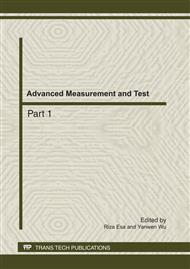p.1196
p.1202
p.1208
p.1214
p.1220
p.1226
p.1231
p.1237
p.1243
Advances in Shock Testing Facilities for Naval Shipboard Equipments
Abstract:
The capability to withstand non-contact underwater explosions (UNDEX) is an important aspect to be emphasized in the design of modern warships, and shock testing is one of the efficient methods to qualify the ability. A brief history on the research of shock testing of naval shipboard equipment as well as major means in evaluating anti-shock performance of warship equipment is introduced first in this paper. Three prevailing shock test methods: UNDEX testing, virtual shock trial and land-based test with shock test machines are presented with the focus on the advances in shock test machines in US and Europe. Comparison of current shock testing facilities is also given. Moreover, some new concepts of shock test machines are reviewed as well, and three major directions of the development of shock test machines are concluded. The first trend is that shock testing machines are required to generate positive and negative shock pulse to simulate real UNDEX environment made up of shock wave followed by bubble pulse and structural whipping. The second is that shock test machines can test heavy equipments, and the last is that shock pulses can be controlled and customized conveniently.
Info:
Periodical:
Pages:
1220-1225
Citation:
Online since:
July 2011
Authors:
Price:
Сopyright:
© 2011 Trans Tech Publications Ltd. All Rights Reserved
Share:
Citation:


